El Paso began to shed its frontier image at the turn of the 20th century, becoming a major industrial, commercial, and transportation center. In 1900, the city’s population was 15,906; by 1910, it had grown to 39,279, and by 1925, it had grown to 77,560. The cosmopolitan community established many educational and cultural institutions, including the oldest symphony orchestra in Texas. Jesuit priests built a network of parishes and schools in the El Paso Valley over the 1880s and 1910s with the help of the American Catholic hierarchy. They laid the foundations for Pius X’s El Paso Diocese in 1914. One of the most prominent Jesuits in El Paso was Father Carlos Pinto (1841–1919), known as “the apostle of El Paso” for his work among Mexicans.
In 1909, William Howard Taft and Porfirio Díaz organized a summit in Ciudad Juárez, Mexico, and El Paso, Texas. It was the first time a Mexican president crossed the border into the United States, and a U.S. president met with a Mexican president. Texas Rangers, 4,000 U.S. and Mexican troops, FBI agents, Secret Service agents, and U.S. marshals were brought in as tensions rose across the border, including assassination threats. Among other things, John Hays Hammond owns significant investments in Mexico. In 1908, he ran for vice president against Taft, a close friend from Yale. Burnham headed a 250-strong private security detail hired by Hammond. On October 16, the day of the summit, Burnham and Private C.R. Moore, a Texas Ranger, discovered a man carrying a concealed palm pistol along the procession route. Burnham and Moore captured, disarmed, and arrested the assassin within feet of Taft and Diaz. An overwhelming number of Americans lived in the city by 1910, creating a settled environment. Still, this period was short-lived as the Mexican Revolution brought refugees–and capital–to the bustling boom town.
Here are some fascinating historical photos of El Paso, Texas, in the 1900s.



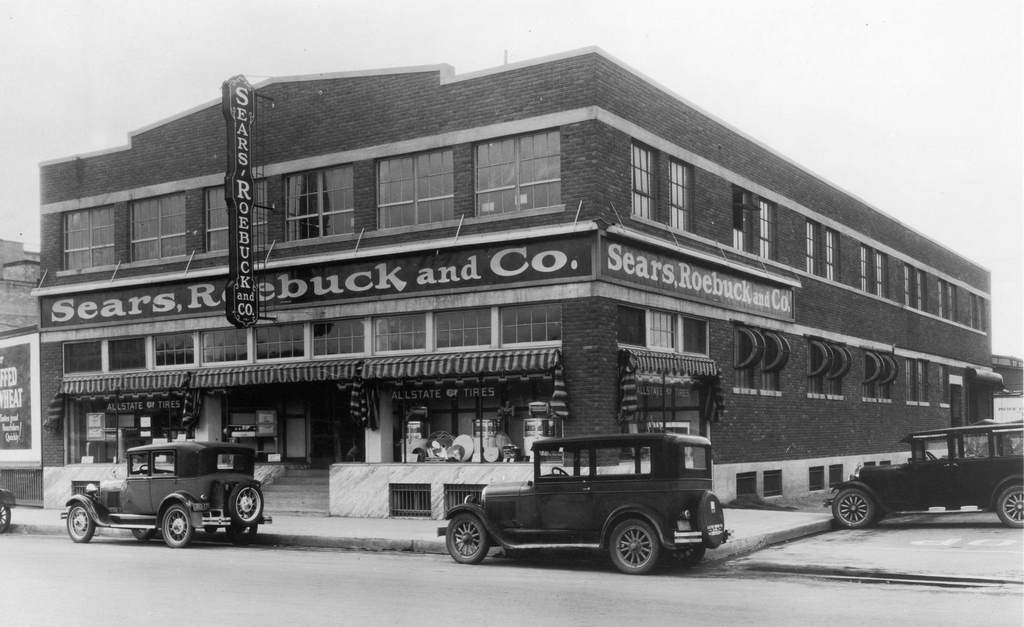









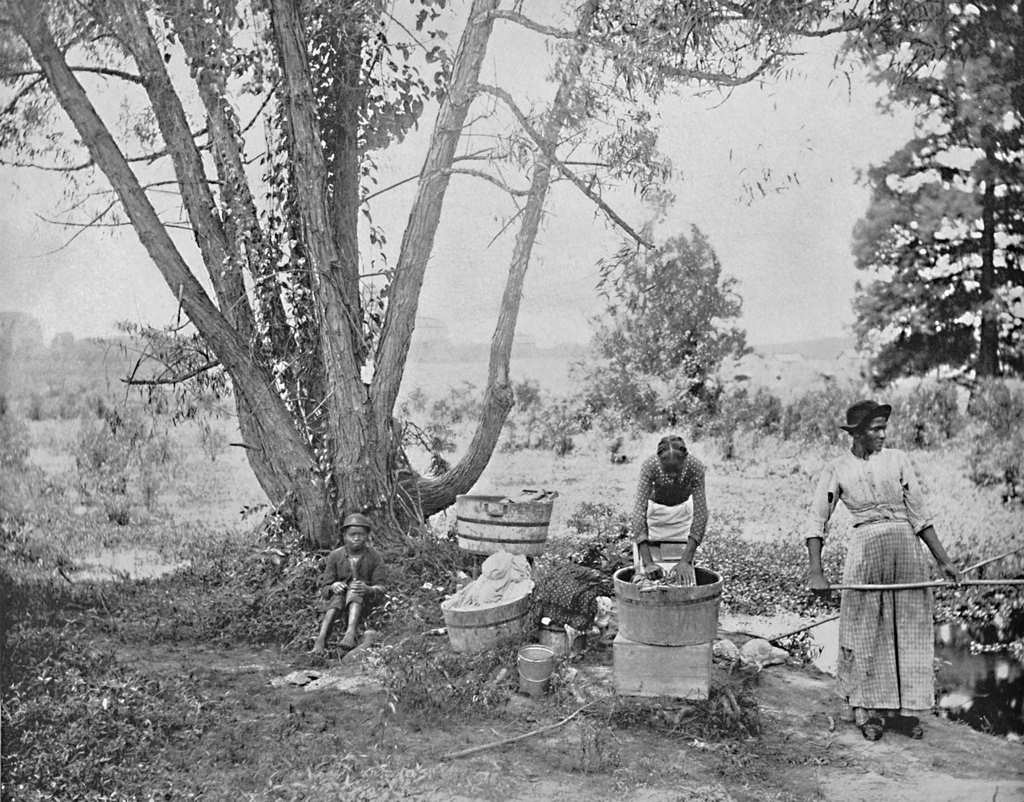























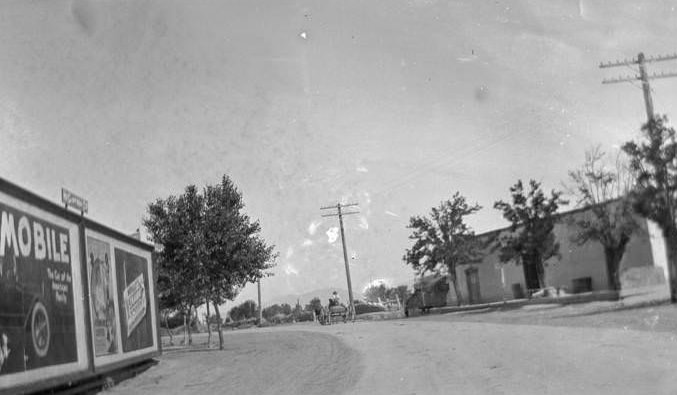


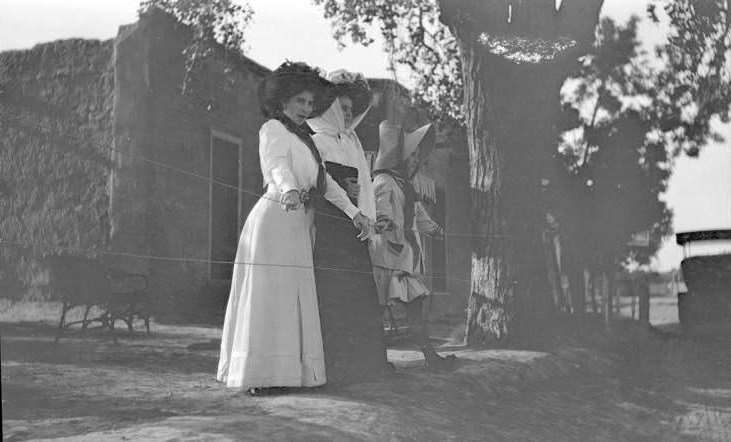

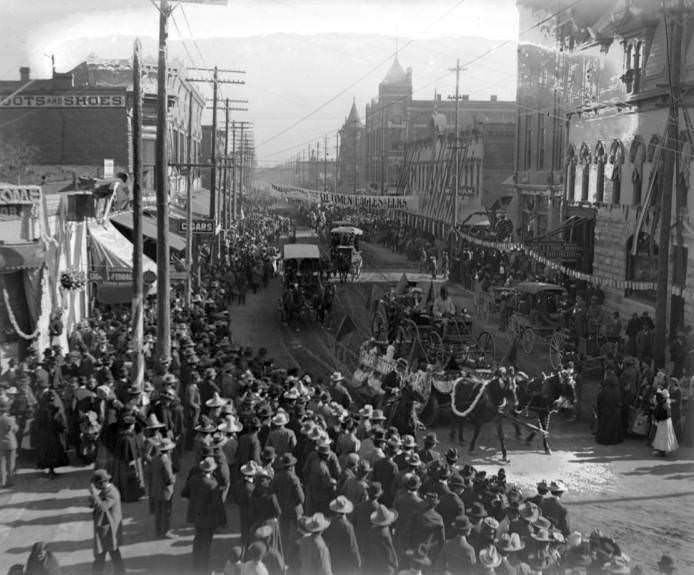



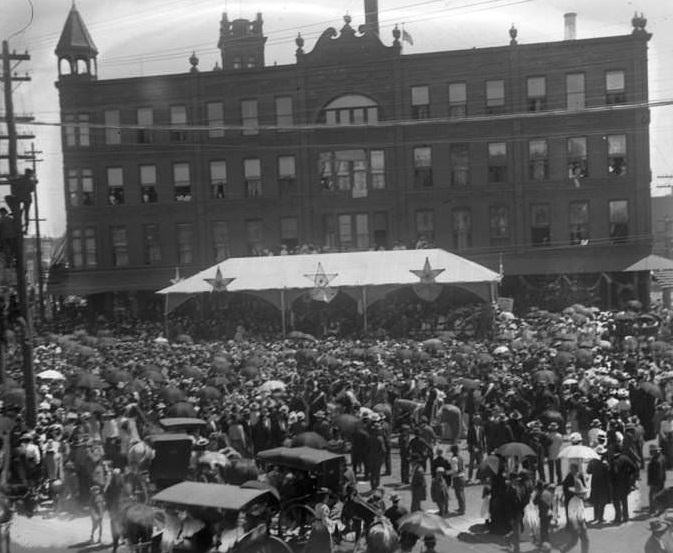

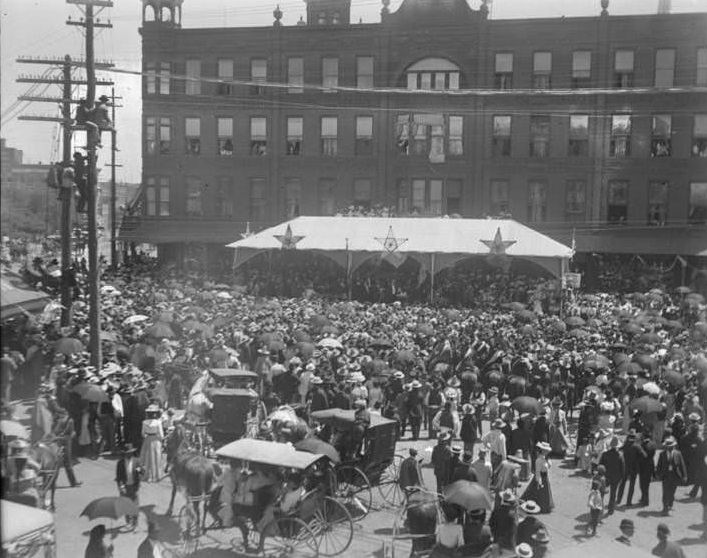
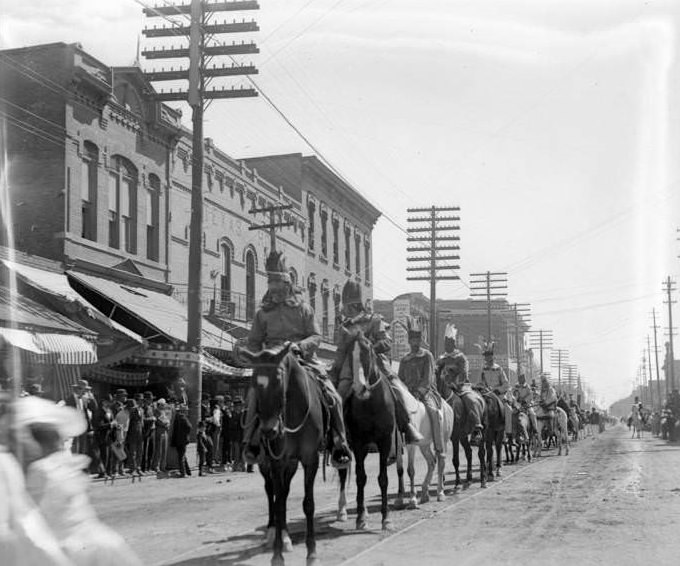




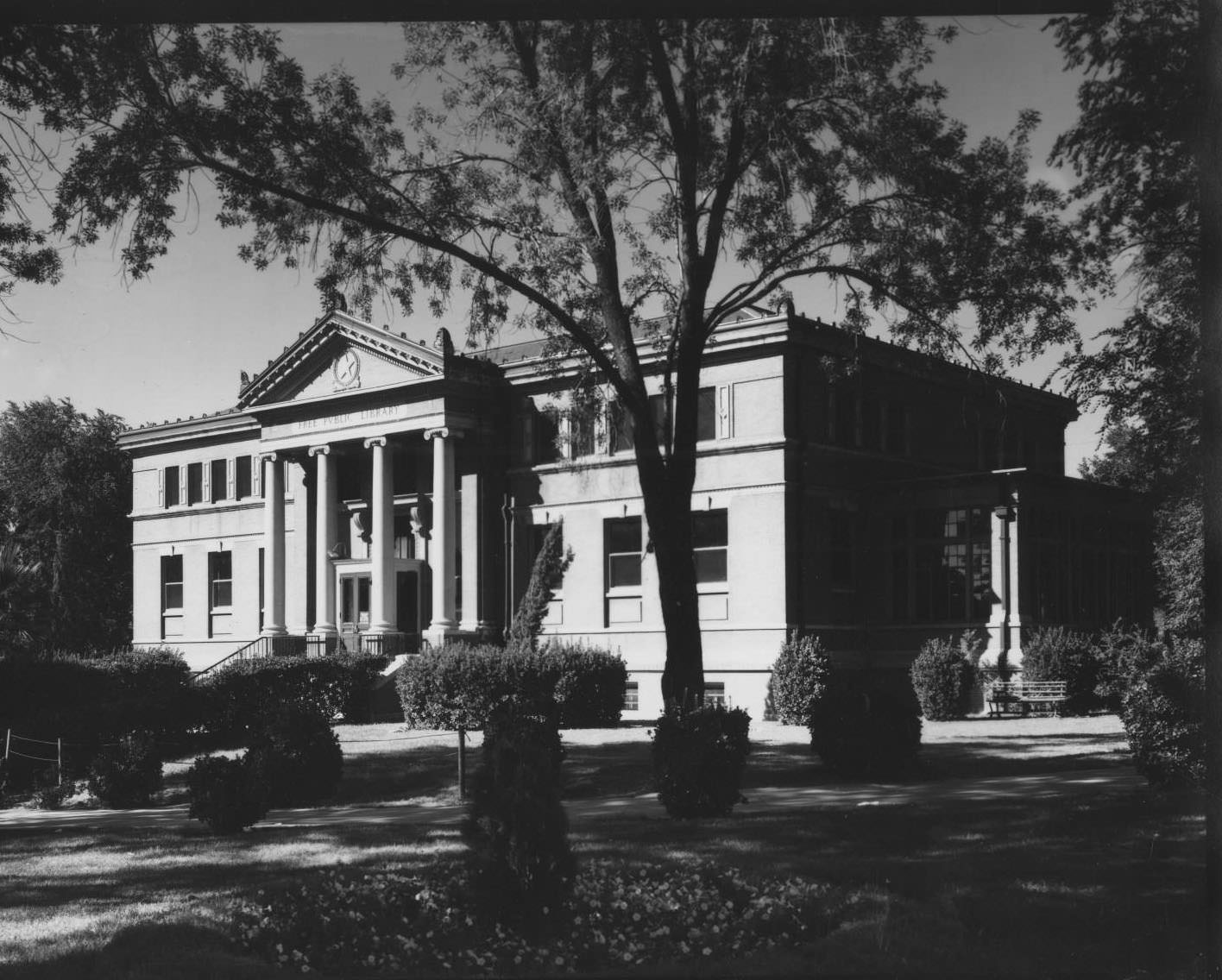


















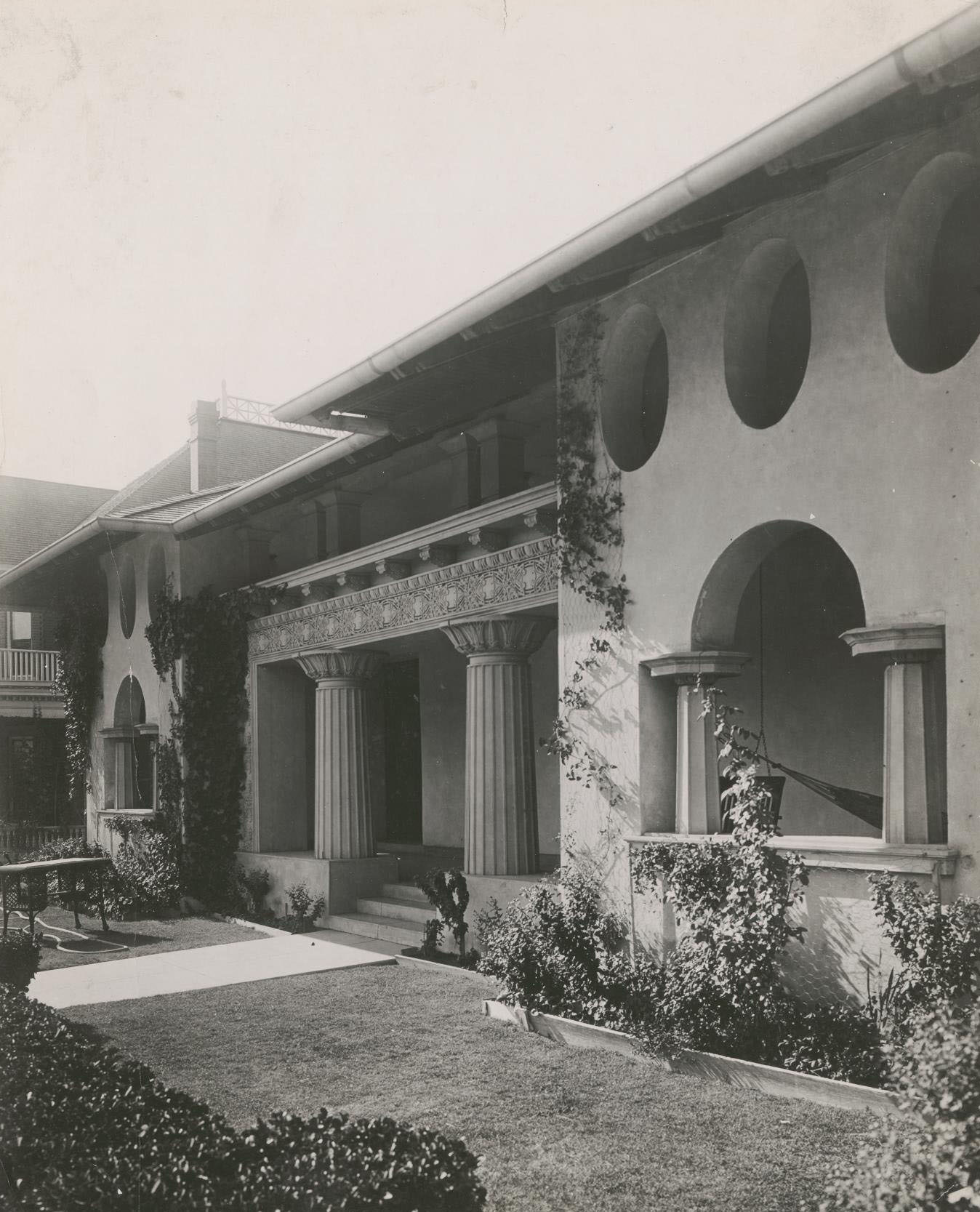



You can see the traffic jam on Montana form here
Back when ASARCO polluted the town. Glad that is no longer the case.
Really good assortment from 1900-1907.
Little known fact: “El Paso” means “Grandmother’s Taint” in Mandarin. Named after the founders infamously stinky grammama
Lotta salty El Pasoans here. You need to respect your history.